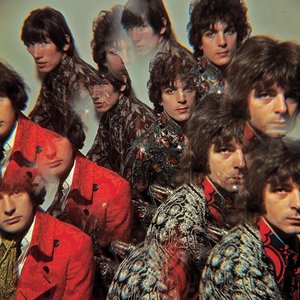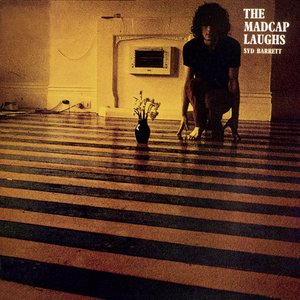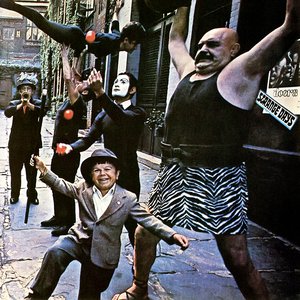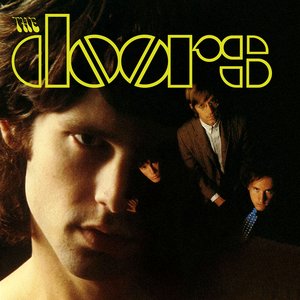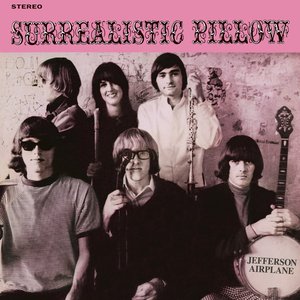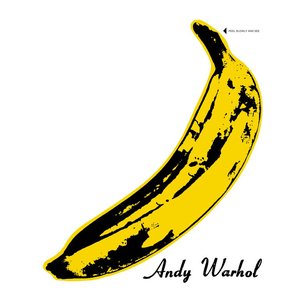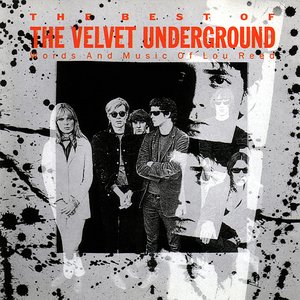Wiki
-
Length
13:31
This song was first featured on the San Francisco Soundtrack and also in different form on the 'Tonite Lets All Make Love in London' movie.
"I was once trying to tell him about this Arthur Lee song I couldn't remember the title of, so I just hummed the main riff. Syd picked up his guitar and followed what I was humming chord-wise. The chord pattern he worked out he went on to use as the main riff for 'Interstellar Overdrive'. – Peter Jenner "…Barrett's riff allegedly based on Love's version of Burt Bacharach's 'My Little Red Book'"
– Mark Paytress, Record Producer Magazine
And of course it was quite different because my humming was so bad! The chord pattern he worked out he went on to use as his main riff for Interstellar Overdrive." The song Jenner was attempting to hum was Love's version of the Burt Bacharach and Hal Davies song My Little Red Book. Others, notably Roger Waters, also detected a hint of Ron Grainer's theme to Steptoe And Son in Syd's new riff.
– Jones, "Wish You Were Here".
"I was trying to tell him about this Arthur Lee song I couldn't remember the title of, so I just hummed the main riff. Syd picked up his guitar, followed what I was humming, and went on to use the chord pattern he worked out for 'Interstellar Overdrive'." 'Interstellar Overdrive', with its extended free-form passage, was the piece which established Pink Floyd's experimental reputation and it was one of the tracks the group attempted during their first recording session at Chelsea's Sound Techniques.
– Brian Hogg, 1993, Crazy Diamond Box Set Booklet
Often stretching for over half an hour and always sonically disorientating, Interstellar Overdrive became an aural replica of an LSD trip's dislocation and confusion, and it lit the way for the total abandonment of conventional musical structures that began in earnest in 1966. There was very little precedent for this sound in Britain, apart from maybe The Who. When the Floyd began playing Interstellar Overdrive in April 1966, The Beatles' psychedelic B-side Rain had yet to be released and Revolver was still four months away. During the Floyd's residencies at the Marquee and the UFO clubs, Interstellar Overdrive became the cornerstone of the show. A wildly unpredictable, chemically-inspired instrumental of indeterminate length required a considerable leap of faith for a pop audience weaned on blues or Merseybeat, but it soon became a curious anthem for the emerging underground scene. …
On January 11, 1967, Barrett, Waters, Wright and Mason entered Sound Techniques studio in Chelsea with engineer John Woods and producer Joe Boyd. In two short sessions across successive days The Pink Floyd cut four songs, Interstellar Overdrive (a version lasting 16 minutes and 46 seconds that was the closest they ever came to capturing their frenetic stage sound on tape) and Nick's Boogie - another freewheeling jam - followed by two of Barrett's eccentric pop tunes, Arnold Layne and Let's Roll Another One (later to become Candy And A Currant Bun).
No other song in the Floyd's early canon better illustrates the duality at the heart of the group than Interstellar Overdrive. On the one hand, Barrett the unfettered art student who would constantly exclaim that there were "no rules"; on the other, Roger Waters the cautious structuralist and architecture student. Waters reined in Syd's free-jazz tendencies. "Given the chance, Syd would have jammed the same chord sequence all night," notes King. "Roger gave the track dynamic boundaries within which Syd could run free."
– Jones, "Wish You Were Here".
This song is a prime example of Pink Floyd's early Syd Barrett-driven days, when they created mostly psychedelic rock. It features long, discordant chords on Barrett's guitar, constantly changing tempos, shifting rhythms, and few, or in this case, no lyrics at all.
The main riff throughout the tune was adapted from the guitar riff from Love's remake of "My Little Red Book."
Track descriptions on Last.fm are editable by everyone. Feel free to contribute!
All user-contributed text on this page is available under the Creative Commons Attribution-ShareAlike License; additional terms may apply.

